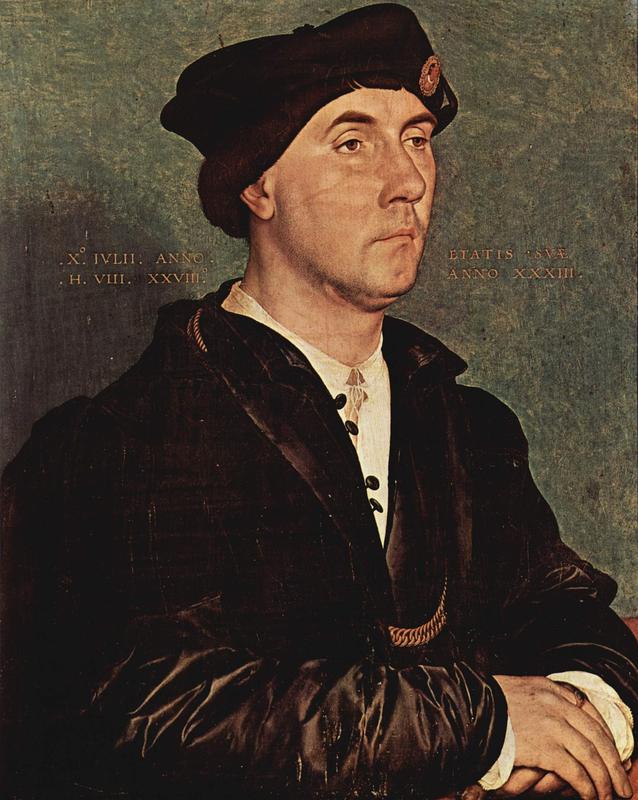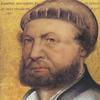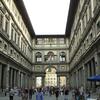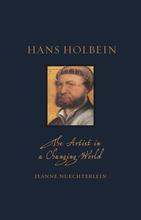More about Portrait of Sir Richard Southwell
- All
- Info
- Shop

Contributor
Sir Richard Southwell was a Privy Councillor for Henry VIII, which is kind of like whatever Smithers does for Mr. Burns.
A decade earlier, Holbein had traveled to England, where he painted The Right Honourable Sir Thomas More, another employee of Henry VIII, as well as the author and publisher of Utopia, a book about an island nation which operationalized the ideal state of Plato and Socrates. "Plato doubtless did well foresee," More wrote, that "unless kings themselves would apply their minds to the study of philosophy, that else they would never thoroughly allow the council of philosophers, being themselves before, even from their tender age, infected and corrupt with perverse and evil opinions." Nowadays, the viewpoint that political leaders "ought to study philosophy" in order to be better listeners to philosophers themselves would probably be met with confusion or skepticism, if not outright animosity.
Nobody, especially tyrants, likes to hear some smooth-talking Lionel Hutz-esque lawyer like Sir More tell them that they need to read more, especially philosophy. As they led him to the gallows for his execution on treason charges, as a result of his recognizing the authority of the Pope in relation to the succession of the Crown, More read an English translation of Psalm 51, which is, according to tradition, an apology note from King David for knockin' da boots with Batsheva, wife of Uriah. The executioner was so moved that he asked More's forgiveness, and More kissed the executioner, as you do. Southwell, pronounced "Suth'll" by the British, played a role in the drama of the trial. The case hinged on the testimony of Richie Rich, 1st Baron Rich, a Lord Chancellor who testified that More had declared to him that the King was not the legitimate head of the Church. Southwell took the stand, and, along with another witness, said that they heard More say no such thing. But it was too late.
Holbein was so popular during the regime of Henry VIII that he painted almost a quarter of the entire peerage. Holbein was the one-stop-shop for portraits, and was to the London portrait market what Amazon is to online shopping, because nobody else was available to do paint at his level of quality, even though the painters' guild had made proclamations discouraging people from hiring immigrant artists like the German Holbein.
On September 12th, 1620, Cosimo II de' Medici, patron of Galileo, asked Thomas Howard, the Duke of Arundel, for a Holbein portrait to fill a gap in his great collection—Sir Richard Southwell arrived in Firenze, as a result, in April 1621. A copy of this portrait, transported by the French during the Napoleonic invasions, now lives at the Louvre, and a preparatory drawing for it is housed in the Royal Collections of Windsor Castle.
Sources
- Bridgett, Thomas Edward. Life and Writings of Sir Thomas More: Lord Chancellor of England and Martyr Under Henry VIII. London: Burns & Oates, 1891.
- Davies, Gerald Stanley. Hans Holbein the Younger. London: G. Bell & Sons, 1903.
- Fossi, Gloria. Uffizi. Firenze: Giunti, 2004.
- Kelly, Henry Ansgar, Louis W. Karlin, and Gerard Wegemer. Thomas More's Trial by Jury: A Procedural and Legal Review with a Collection of Documents. Woodbridge, UK: Boydell, 2011.
- More, Sir Thomas. The Utopia: Of Sir Thomas More. New York: MacMillan, 1912.
- Rau, Petra. English Modernism, National Identity and the Germans, 1890–1950. Surrey, UK: Ashgate, 2009.
- "The Wycliffe Bible (1395)." StudyLight, 2020, https://www.studylight.org/desk/index.cgi?sr=0&old_q=Matthew+1&search_f….
Featured Content
Here is what Wikipedia says about Portrait of Sir Richard Southwell
The Portrait of Sir Richard Southwell is a painting by the German Renaissance master Hans Holbein the Younger, executed around 1536–1537. It is housed in the Uffizi, Florence.
The painting was required by Grand Duke Cosimo II de' Medici in 1620 to Thomas Howard, Duke of Arundel, to fill a gap in the family collections. It arrived in Florence in April 1621, when Cosimo had already died. It belongs to Holbein's mature career, and a preparatory drawing of the painting (with the inscription "Southwell Knight") exists in the Royal Collections of the Windsor Castle. The Louvre houses a copy brought to Paris during the Napoleonic Wars.
Check out the full Wikipedia article about Portrait of Sir Richard Southwell














He looks very sad. If you look closely, you can see the faint scar on the character's face.